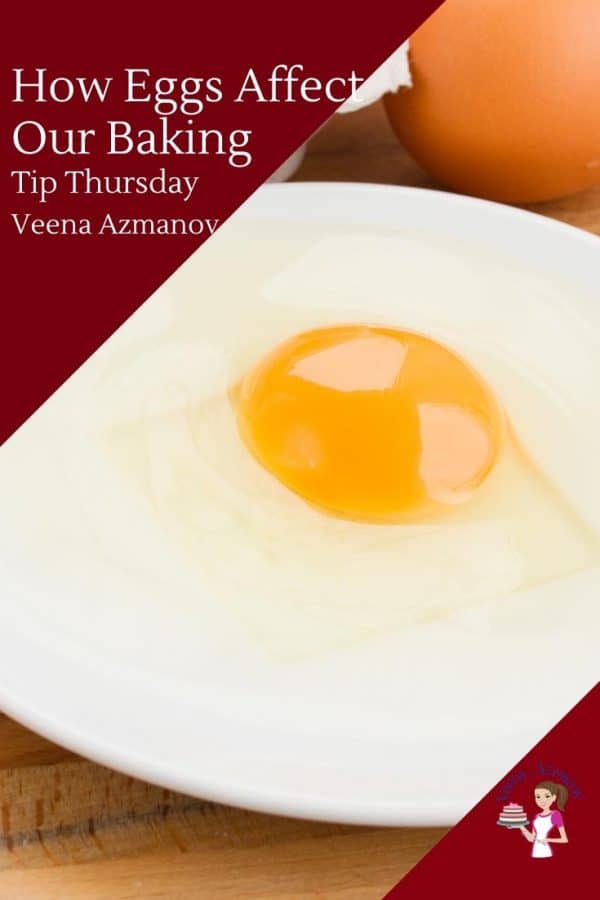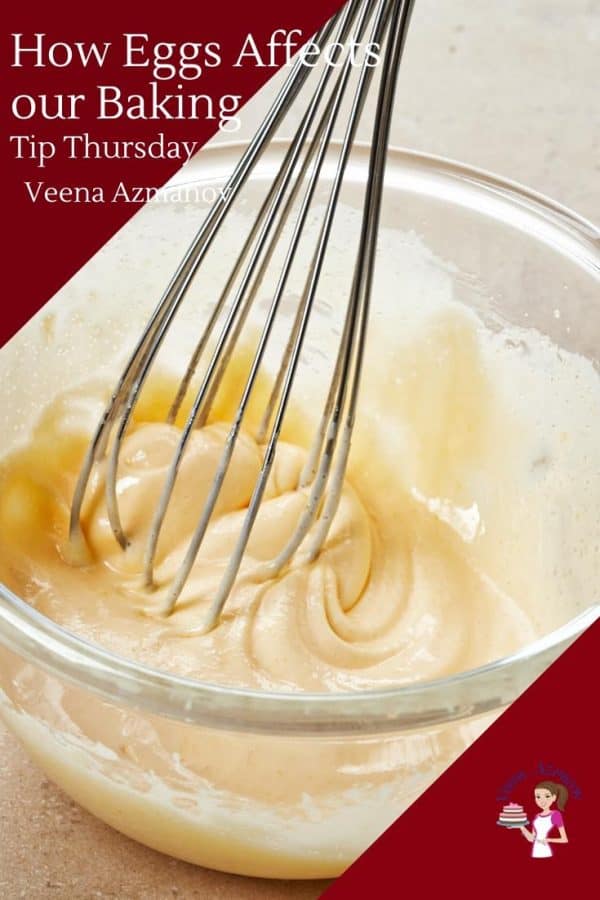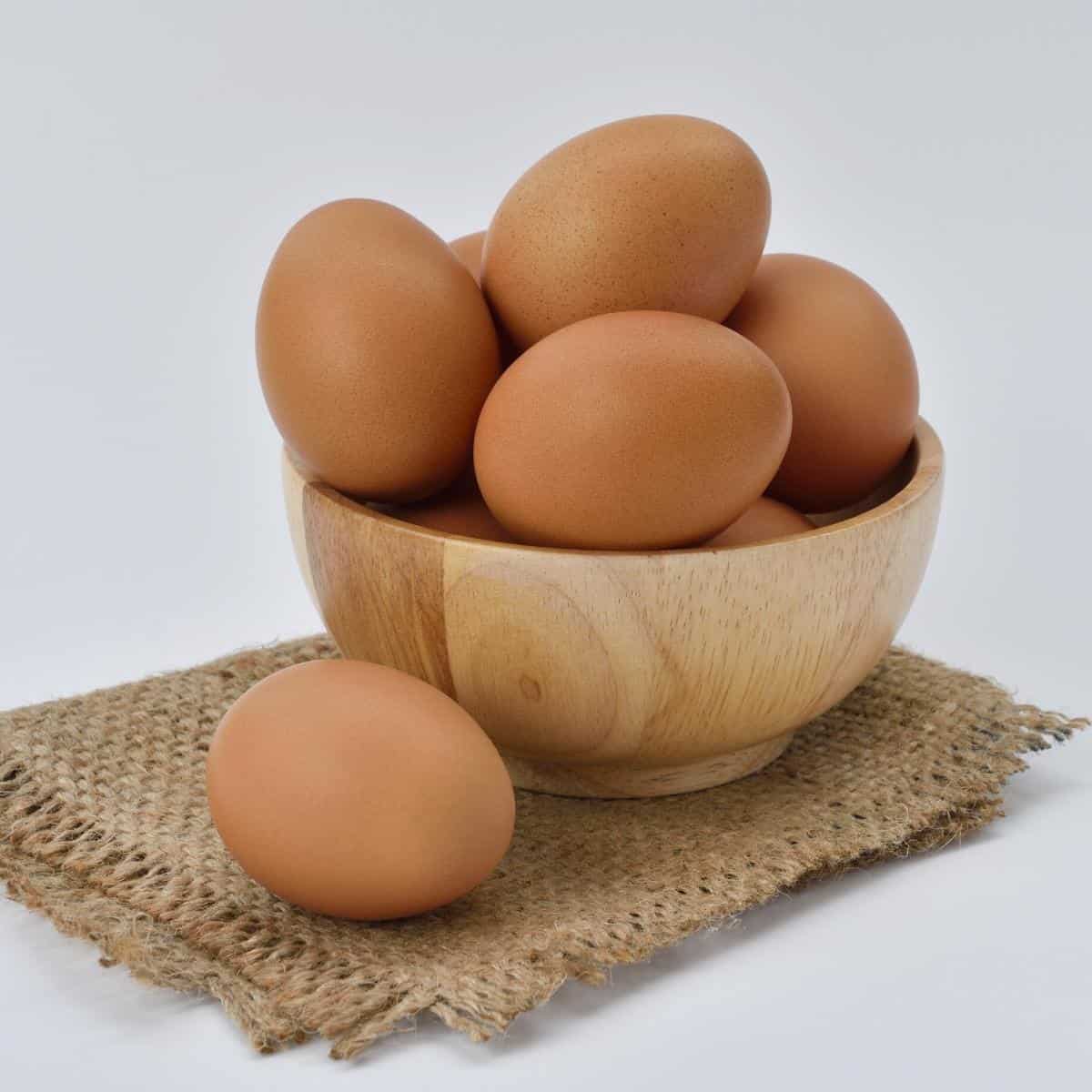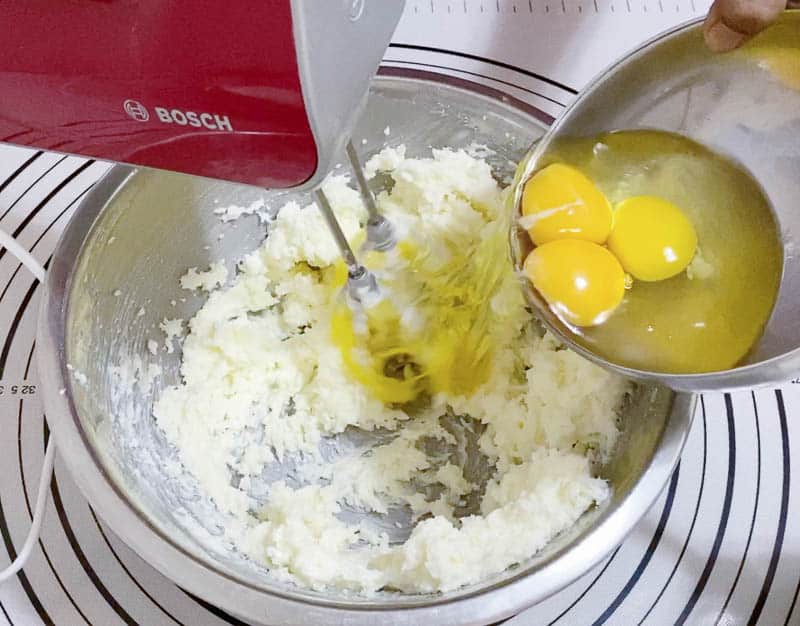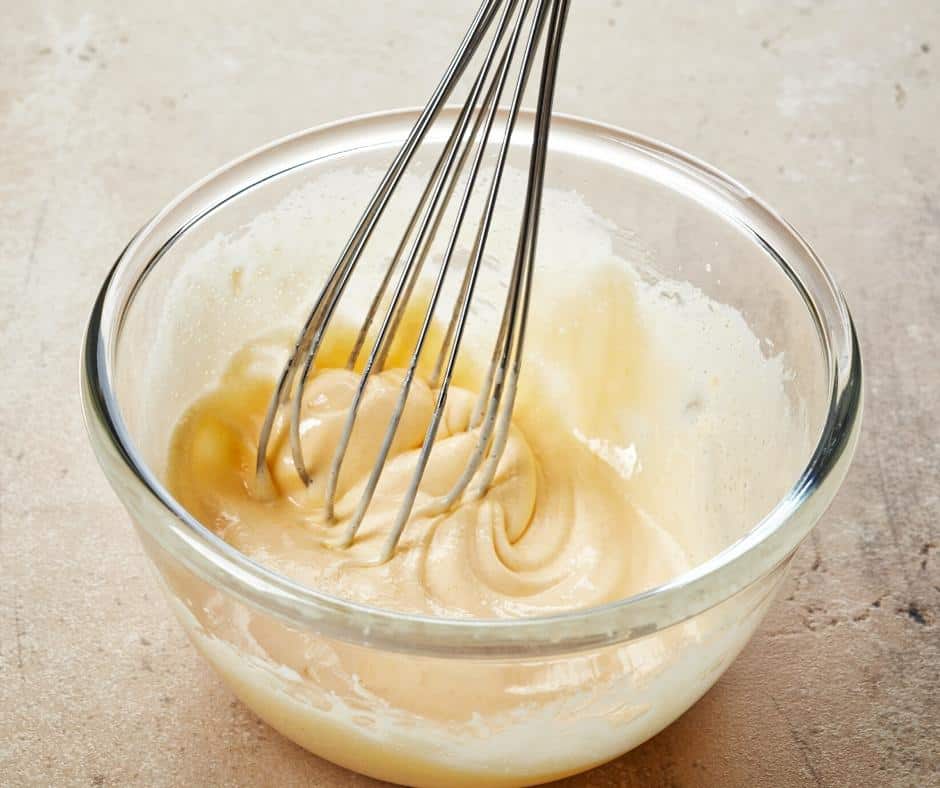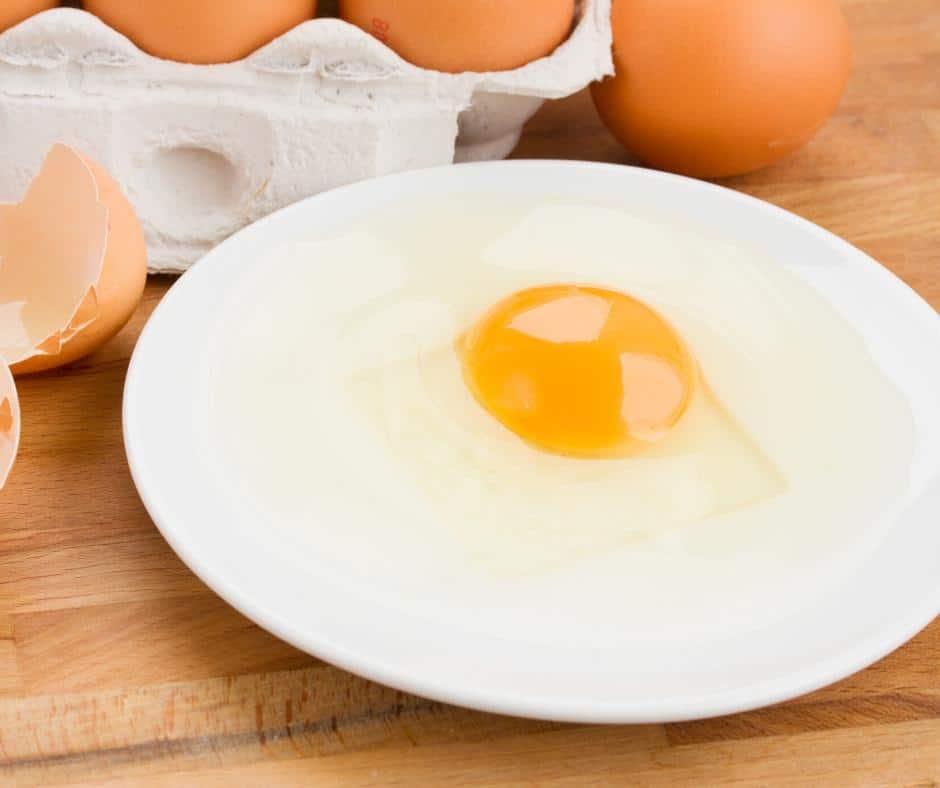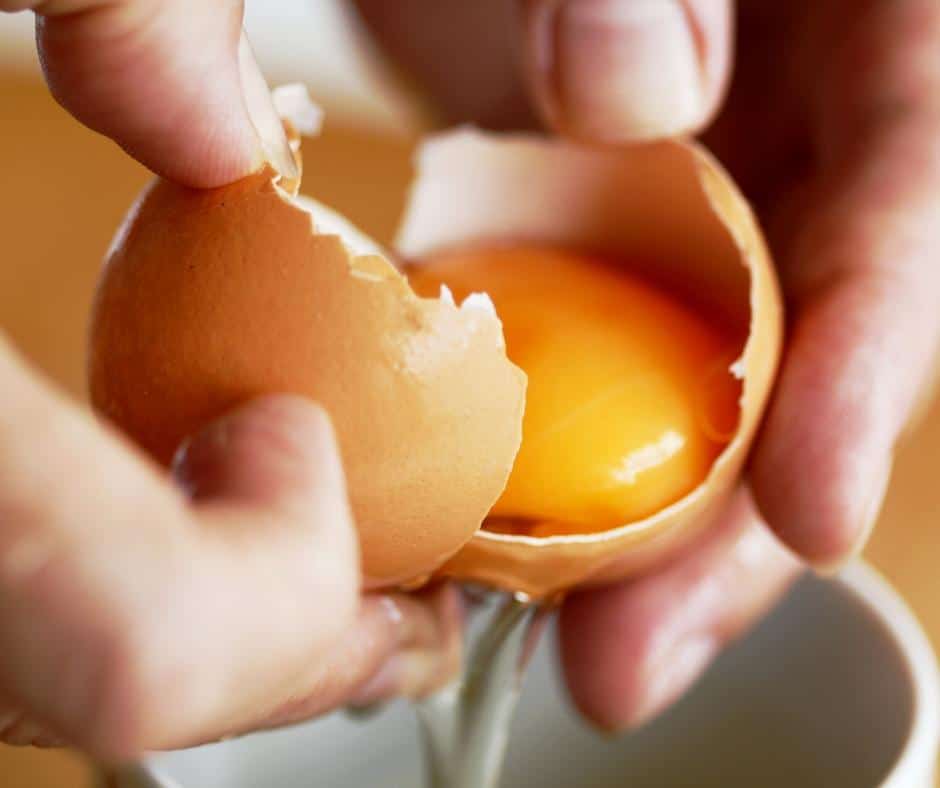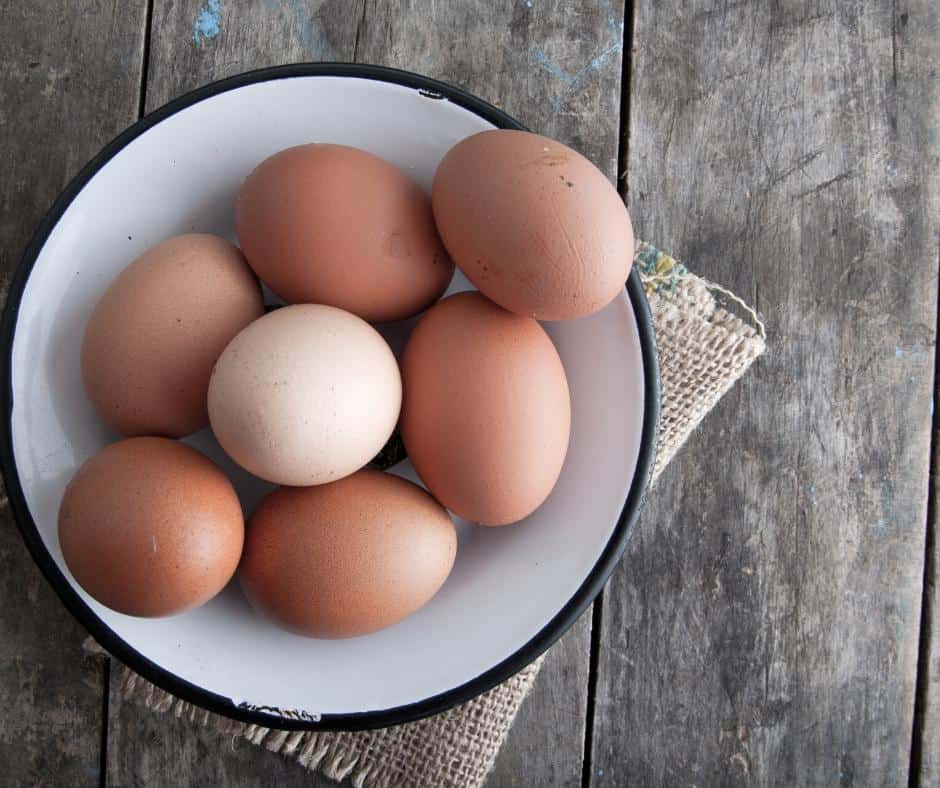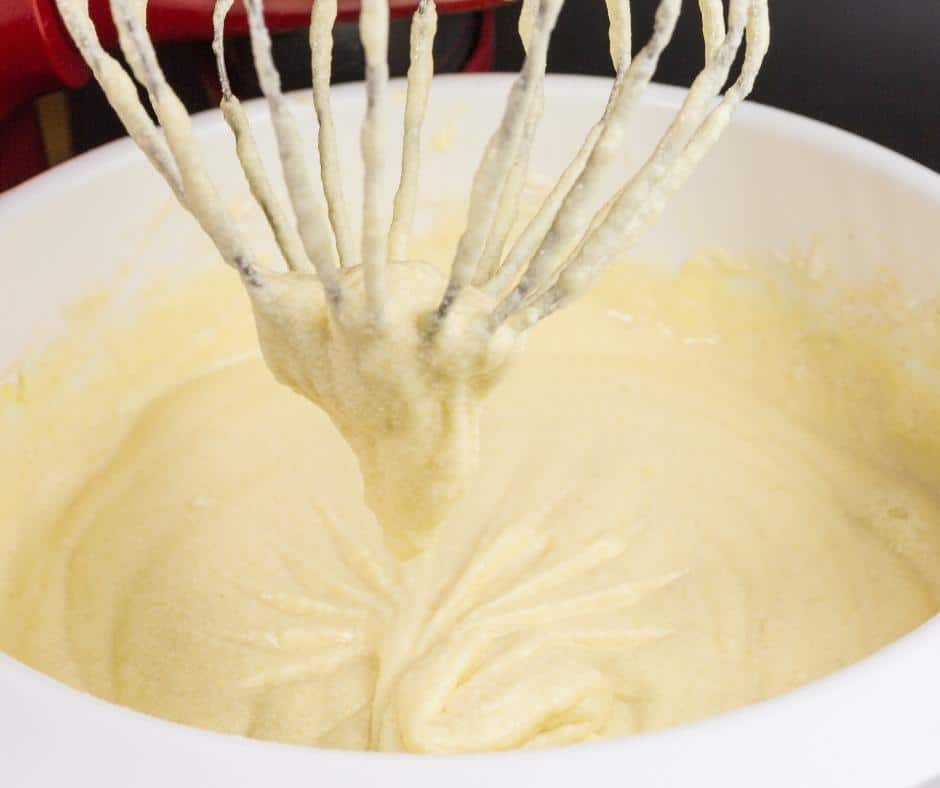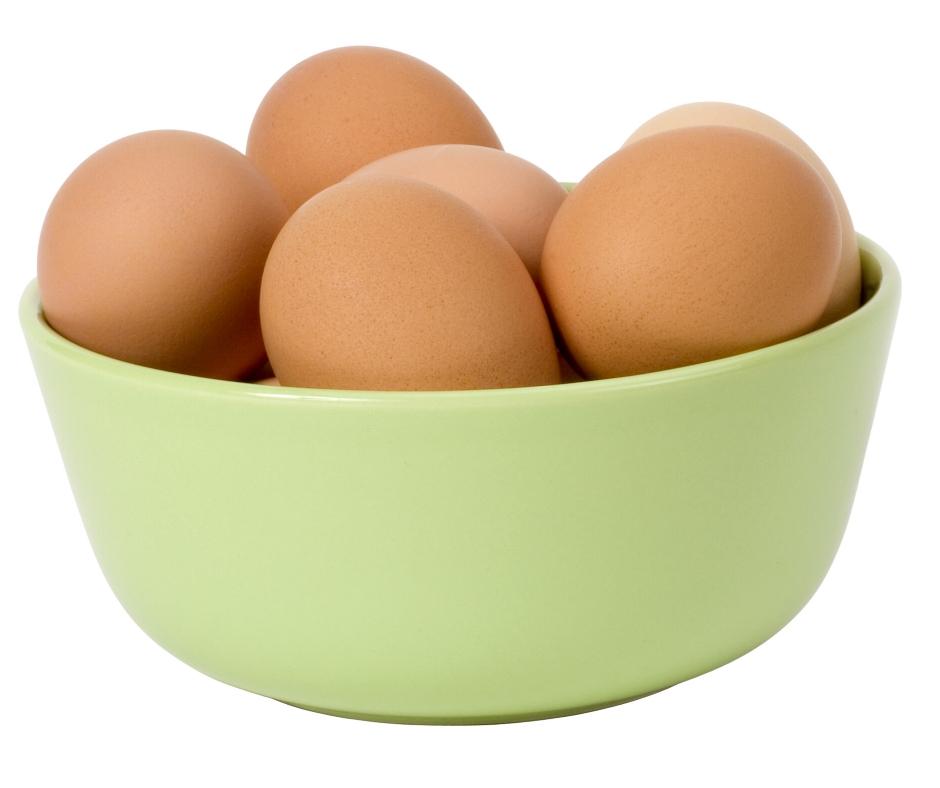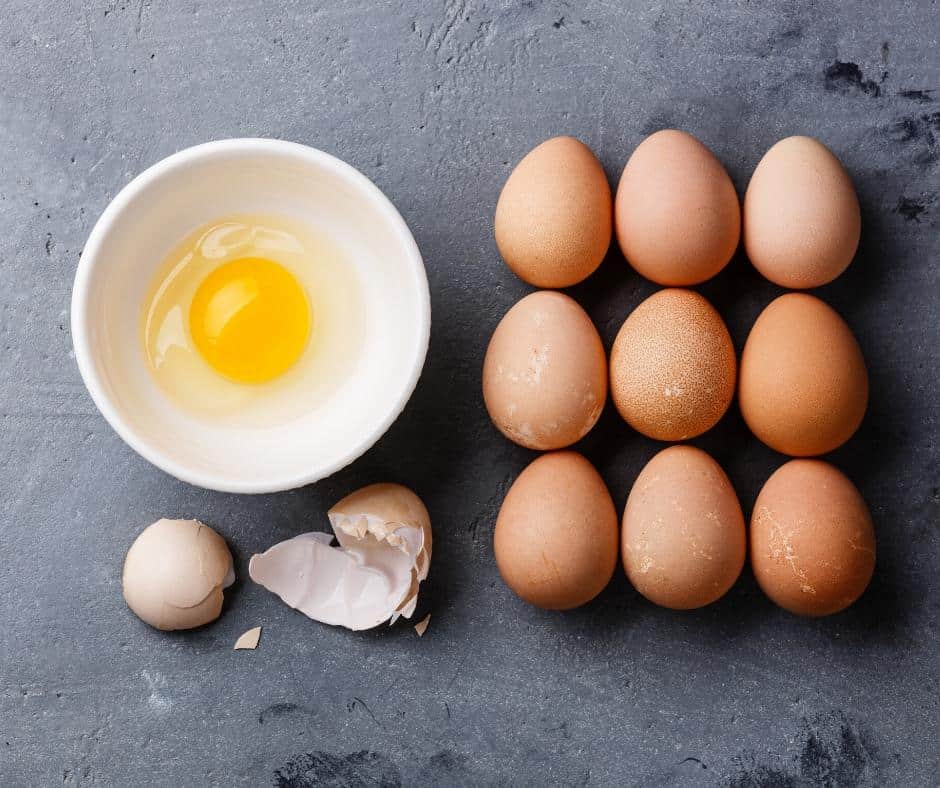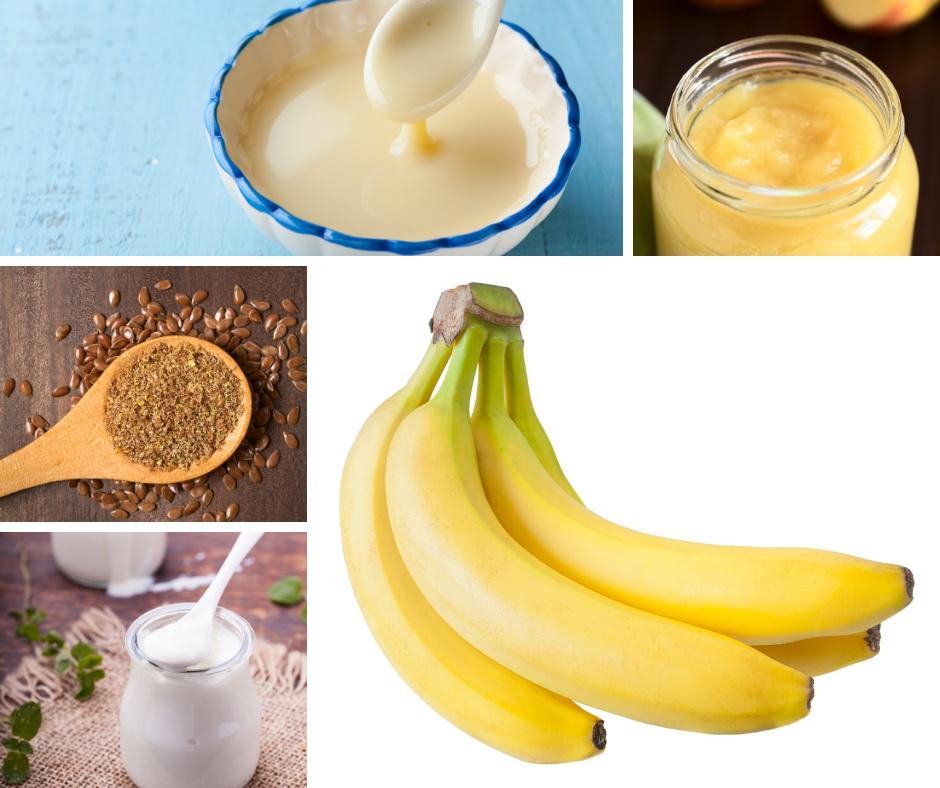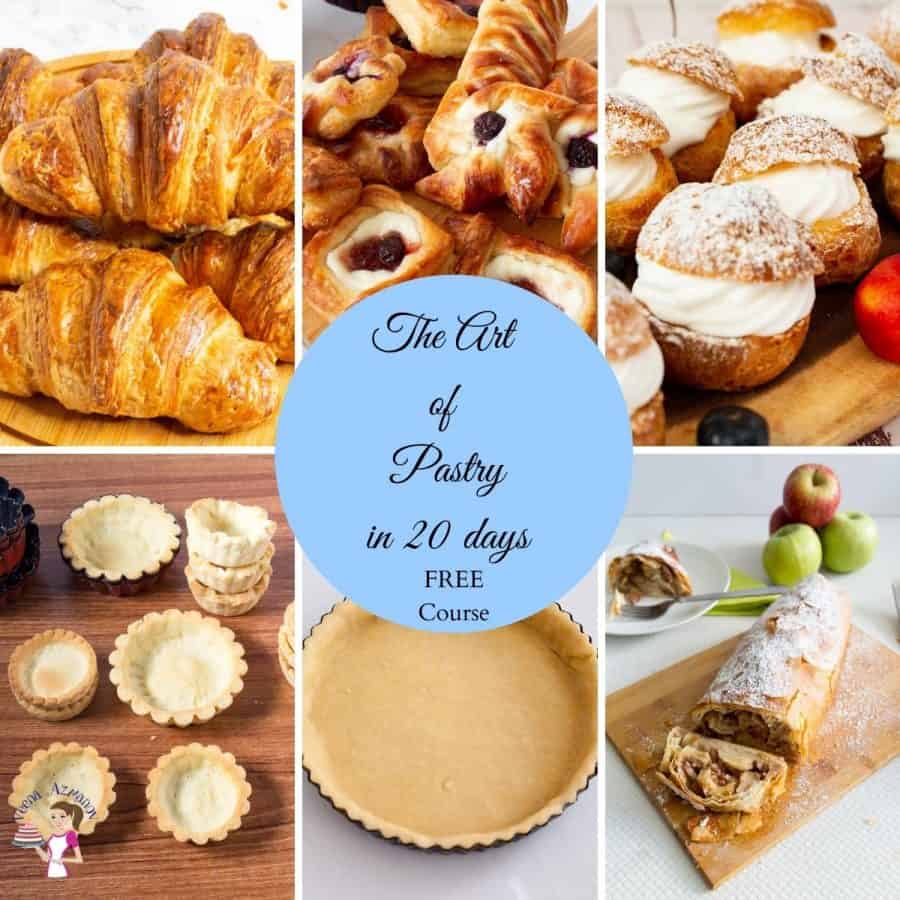Eggs are the most versatile everyday ingredient in our kitchen. We eat them on their own as omelets, scrambled, poached, etc. And we also use them as an ingredient in other recipes. When used in baking, eggs as an ingredient can do so much more in terms of structure, flavor, and texture. However, eggs behave differently with every method of baking. For example, you can use eggs to bake a moist cake. But if you whip these eggs, before adding them to your batter, they will make that cake light and airy.
Frequently asked questions
Thank you for sharing - Save for later
It’s worth noting that different types of eggs may have variations in taste, nutritional composition, and cooking characteristics. When using alternative types of eggs in recipes, it’s essential to consider their unique qualities and adjust accordingly.
It’s important to note that the specific roles of eggs can vary depending on the recipe and the desired outcome. In some cases, eggs can be substituted or omitted, although this may affect the final texture and structure of the baked goods.
Remember, cracking eggs smoothly takes practice, so don’t be discouraged if you don’t get it right immediately. Take your time, be gentle, and adjust your technique as needed. With practice, you’ll develop your own method of cracking eggs like a pro.
It’s worth noting that the effect of egg temperature on baking can vary depending on the specific recipe and the desired outcome. In general, following the temperature instructions in the recipe, especially for room temperature eggs, will help achieve the intended texture and structure in the baked goods. If a recipe calls for cold eggs and you want to use room temperature eggs instead, you can place the cold eggs in a bowl of warm water for a few minutes to bring them to the desired temperature.
Whole eggs work perfectly when you want to bind ingredients. The protein in eggs holds together and gels up as you heat the mixture giving structure and strength to our baked goods.
You can also whip whole eggs. This aerates them and adds leavening to our baked goods. Eggs are high in water content, which produces steam when baking. The steam dries off leaving that air pocket which gives us a light and airy texture.
It’s worth noting that egg whites can be used on their own or in combination with egg yolks, depending on the recipe and desired outcome. In some cases, egg whites can be substituted or omitted, but this may affect the texture and structure of the baked goods.
The whites of eggs when whipped aerate and create a white foam. This white foam can be added to cakes, cupcakes, soufflé, and other baked goods to make them light and airy.
It’s important to note that the specific roles of egg yolks can vary depending on the recipe and the desired outcome. In some cases, egg yolks can be substituted or omitted, but this may affect the texture, flavor, and overall quality of the baked goods.
Egg yolks are about 50% fat and 50% water, which makes our baked goods richer and softer. Egg yolks help emulsify and thicken, such as in mayonnaise or custards. They also add color to baked goods. For example, when we use them as an egg wash.
It’s important to note that if any yolk gets mixed with the egg white, it can be challenging to whip the whites to their full volume. Make sure to separate the eggs one at a time and be cautious not to let any yolk contaminate the egg whites.
Remember to practice good hygiene by washing your hands before handling eggs and ensuring that your tools and containers are clean to prevent any cross-contamination.
By following these tips, you can effectively incorporate eggs into your baking and achieve delicious and successful results.
By following these precautions, you can reduce the risk of foodborne illnesses associated with eggs and enjoy them safely in your meals.
I hope you found this information useful. If you did don’t forget to let me know in the comments below.
While I can give you a few options I am always hesitant. All my recipes are tested and tried but I have not tried these substitutes. So I will not be able to guide you or troubleshoot if necessary.
While there are many known egg substitutes here are a few that visitors on my site have tested with my recipes so far. I will update as more feedback comes in. (see this is why your feedback is helpful – thank you)
1/4 cup mashed banana per egg works great in cakes, cupcakes, and brownies. 1/4 cup apple sauce per egg works great in cakes, cupcakes, and brownies, , and 1/4 cup yogurt or buttermilk per egg works great for cakes, cupcakes, and brownies. 1 tbsp ground flaxseed with 3 tbsp water per egg – for baking cookies 1/4 cup condensed milk per egg works for baked cookies
